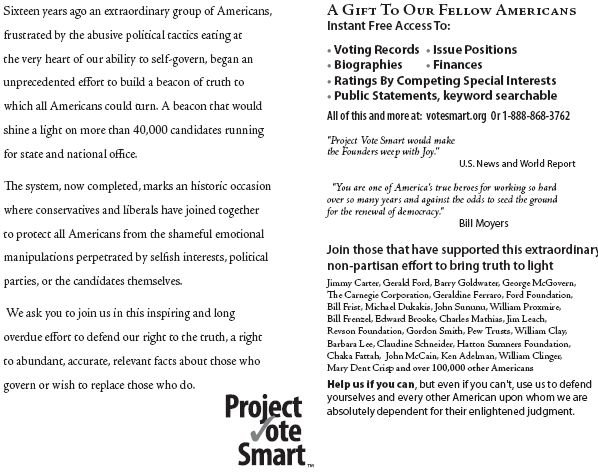The renewed jump in the price of oil underscores the corner we've painted ourselves into. By refusing to drill in either the Arctic National Wildlife Refuge (ANWR) or offshore, the United States can expect less energy, higher prices, growing vulnerability and a shrunken economy.
• As recently as 1973, imports made up 36 percent of our total oil use; today, imports are two-thirds of our 21-million-barrel-a-day oil habit, and climbing fast.
• We're sending nearly $400 billion overseas each year to buy oil.
This has made us uniquely vulnerable, to say the least, to the inherent political instability of the Mideast, Russia, Africa and Latin America -- and to the OPEC oil cartel's anti-Western schemes. But what can we do? Plenty. Start with getting more energy:
• We have at least 40 billion barrels of crude and 250 trillion cubic feet of gas offshore, in ANWR and on federal lands -- enough to replace nearly a quarter of our imports for several decades.
• Another 1.2 trillion barrels of oil lie in shale deposits across the Midwest.However:
• Just 19 percent of the Outer Continental Shelf can be developed.
• The National Petroleum Council estimates that we'll need $4 trillion in investments over the next 25 years just to keep pace with a forecast 30 percent jump in energy demand. "Onshore and offshore public lands could hold enough oil to produce gasoline for 60 million cars and fuel oil for 25 million homes for 60 years -- and enough natural gas to heat 60 million homes for 160 years."
And apart from demonizing oil companies, Congress does nothing. This is madness.
[and they won't unless we insist they do. et tu?]
READ MORE













No comments:
Post a Comment